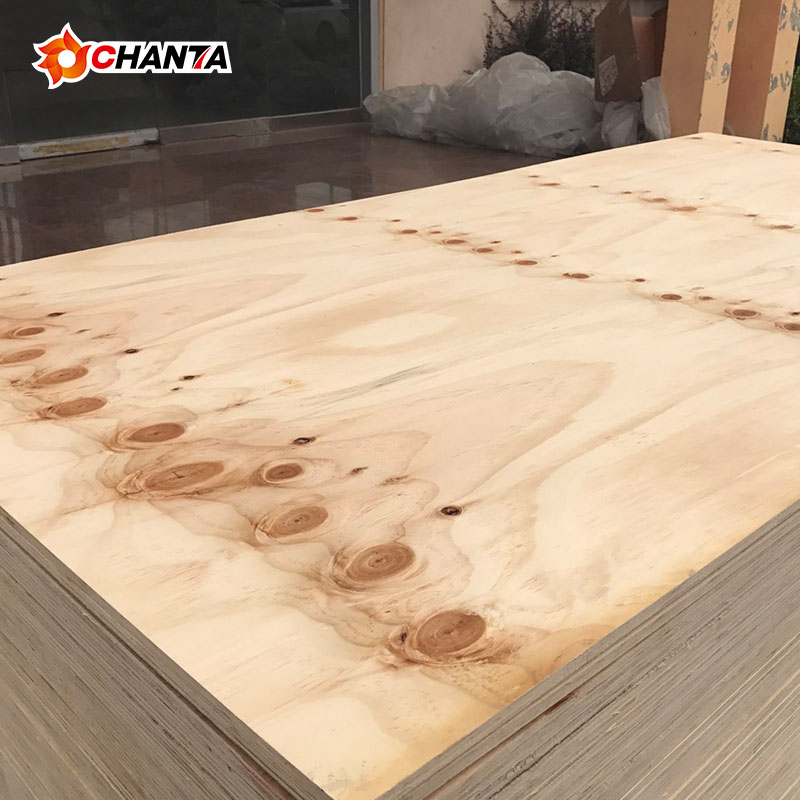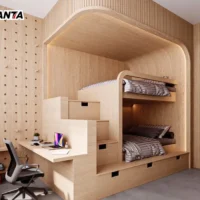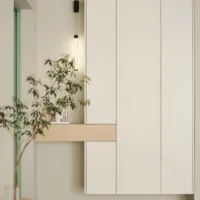Birch plywood is a popular choice in woodworking and furniture manufacturing due to its strength and appealing finish. To meet different needs, birch plywood is available in a range of standard sizes and thicknesses. Selecting the correct size and thickness is crucial for achieving the desired balance between durability, weight, and cost-efficiency. This guide will help you understand the typical dimensions of birch plywood and how they suit specific projects.
Standard Dimensions of Birch Plywood Sheets
In general, birch plywood sheets come in standard sizes, which allow for versatility across a variety of applications. The most common sheet size is 4 feet by 8 feet (48 x 96 inches). This size is widely available and suitable for most furniture projects, cabinetry, and wall paneling. Additionally, for more specialized projects, birch plywood is also available in sizes such as 5 feet by 5 feet (60 x 60 inches) and 4 feet by 10 feet (48 x 120 inches).
The 4×8 feet size remains the industry standard, making it convenient for builders, architects, and designers. However, the 5×5 feet sheets are popular in countries with European plywood standards, making them ideal for import and export projects. These various sizes allow builders to choose the most efficient option based on project requirements and waste reduction goals.
Common Thickness Options for Birch Plywood
Birch plywood thickness is another essential factor that affects its performance and application. Typically, birch plywood is available in a range of thicknesses to meet different structural needs. Some of the most common thickness options include:
- 1/8 inch (3mm birch plywood): This thin option is lightweight and flexible, ideal for projects requiring curve formation, such as decorative panels.
- 1/4 inch (6mm birch plywood): This thickness is slightly more durable and works well for drawer bottoms and cabinet backs.
- 1/2 inch (12mm birch plywood): A mid-range thickness, suitable for shelves and partitions, offering both strength and moderate weight.
- 3/4 inch (18mm birch plywood): This is one of the most commonly used thicknesses in furniture construction and cabinetry. It provides significant strength and durability.
- 1 inch (25mm birch plywood): A heavy-duty option, used in projects requiring maximum support, such as tabletops and structural components.
Choosing the Right Thickness for Specific Applications
Each thickness has unique benefits suited to different types of woodworking and construction projects. For instance, 1/8-inch and 1/4-inch sheets are thin and flexible, making them ideal for projects with curved shapes or intricate designs. These lighter sheets are also useful in applications where weight is a concern, such as in lightweight furniture or decorative wall panels.
The 1/2-inch thickness offers a balanced option that combines stability with moderate weight, making it ideal for shelving, partitions, and other furniture components that need structural support but not maximum thickness.
For most furniture construction and cabinetry, 3/4-inch 18mm birch plywood is preferred due to its balance of durability and weight. This thickness is highly resistant to bending, which is crucial for furniture that requires longevity and reliability.
Finally, 1-inch thick birch plywood is chosen for heavy-duty applications. This thickness is ideal for load-bearing surfaces, such as tabletops or workbenches, and offers unparalleled durability for projects requiring substantial weight-bearing capability.
Specialty Thicknesses for Custom Applications
For unique projects, birch plywood can also be custom ordered in thicknesses outside standard options. Specialty sizes are typically used for custom-built furniture, industrial applications, and commercial projects. These custom sizes give flexibility to designers and architects who require specific thicknesses for custom structures or unique design specifications.
Additional Factors to Consider
When choosing birch plywood thickness and size, it’s essential to factor in the specific requirements of the project, including weight, durability, and intended use. Thicker plywood provides additional support but may add weight, which could impact design or ease of installation. On the other hand, thinner plywood offers greater flexibility but may lack the strength for high-stress applications.




















